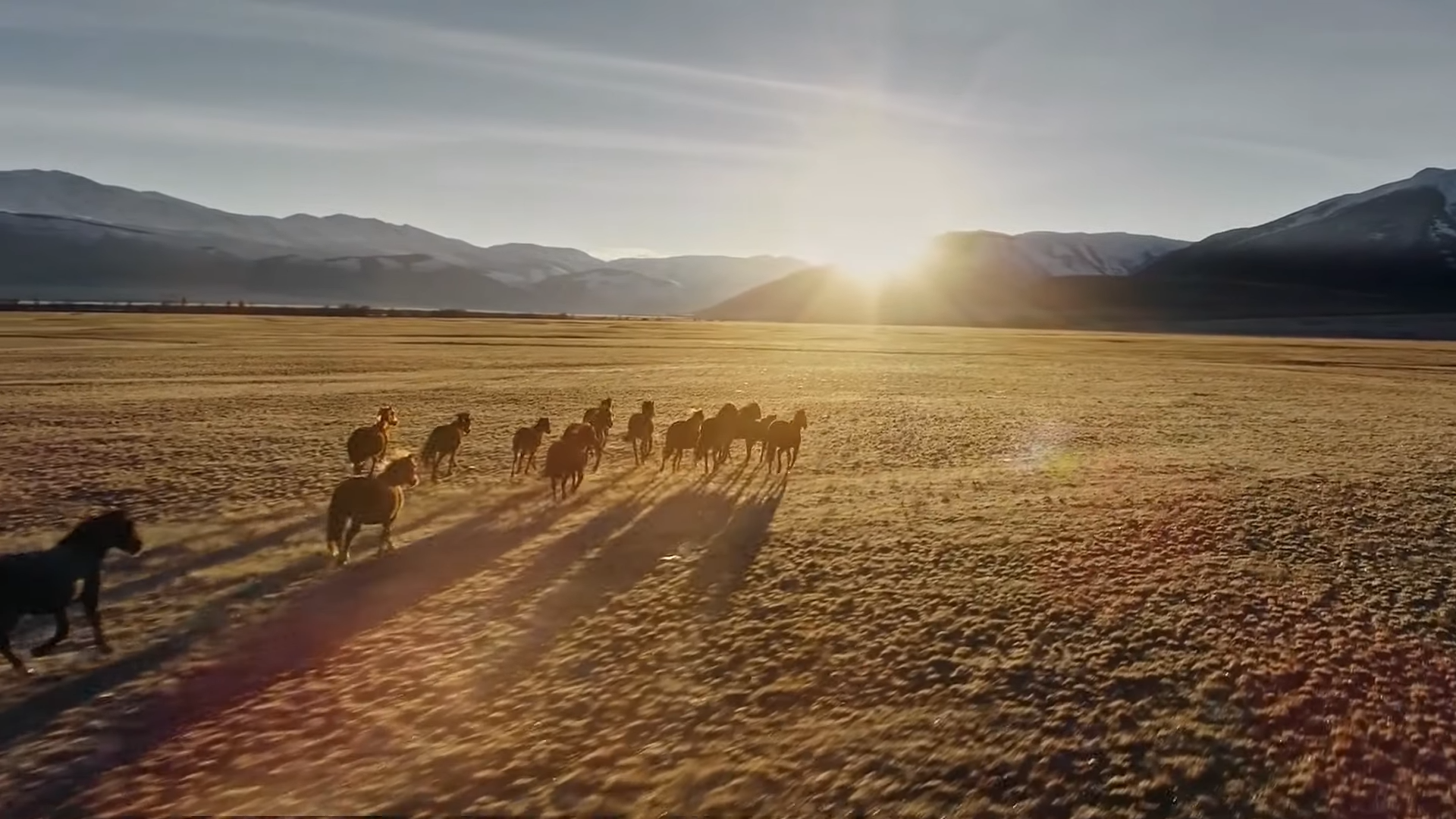Amazing Video: Here Are 10 Facts About Horses That You Propably Didn’t Know!
Are you a horse lover eager to expand your knowledge about these magnificent creatures? Look no further! AnimalWised presents an intriguing video that unveils 10 captivating facts about horses that you probably didn’t already know. Get ready to become an expert on all things equine with our fun horse facts video.
- Did you know that horses have multiple names associated with them? The English word for horse has uncertain origins, possibly linked to the Latin word “carrere,” meaning to run. Additionally, a horse used for riding during ancient tournaments and battles is referred to as a steed. Adult female horses are called mares, while young horses are known as foals. Female foals, on the other hand, maybe specifically called fillies.

2. Ever wondered what sets ponies apart? They are sturdy horses with shorter stature and legs, typically not exceeding 147 centimeters in height. Despite centuries of accompanying mankind, horses have undergone minimal anatomical changes compared to their wild ancestors. Interestingly, their facial features are the only significant areas that have evolved. The history of the horse-human relationship dates back approximately 5,600 years, as evidenced by a study analyzing chemical aspects found in a deposit in Kazakhstan.
3. Have you ever marveled at the speed of racehorses? These incredible animals can reach speeds of at least 65 kilometers per hour (40 miles per hour) or even more.

4. Horses exhibit three different gaits: walking, trotting, and galloping. However, their gaits can vary depending on their training and purpose. Racehorses and dressage horses, for instance, showcase distinct walking styles.

5. Within horse herds, females hold the primary dominance. In the wild, horse groups are led by a male, but the majority of the members consist of mares and their young. The matriarchal head of the group is typically a dominant mare.

6. Contrary to popular belief, horses can sleep either lying down or standing up. When they do lie down, their blood flow can be restricted, prompting them to limit the time spent resting on the ground. Opting to sleep standing up is anatomically advantageous for them.


7. Horses are remarkably adaptable and can be found in various ecosystems worldwide. However, they do have a preference for grasslands, steppes, savannas, semi-deserts, swamps, and forests.

8. The world of horses boasts an impressive array of over 100 breeds, each distinguished by different sizes, weights, and colors. These breeds have been meticulously developed through selective breeding for diverse purposes.

9. Horses primarily communicate through their keen vision and chemical receptors in their nostrils and whiskers. Vocalizations, body movements like stomping and jumping, and other visual cues play a vital role in their communication with each other.
These captivating and insightful facts shed light on the history, behavior, and unique characteristics of horses. We hope you enjoy watching this video and expanding your knowledge about these magnificent animals!
